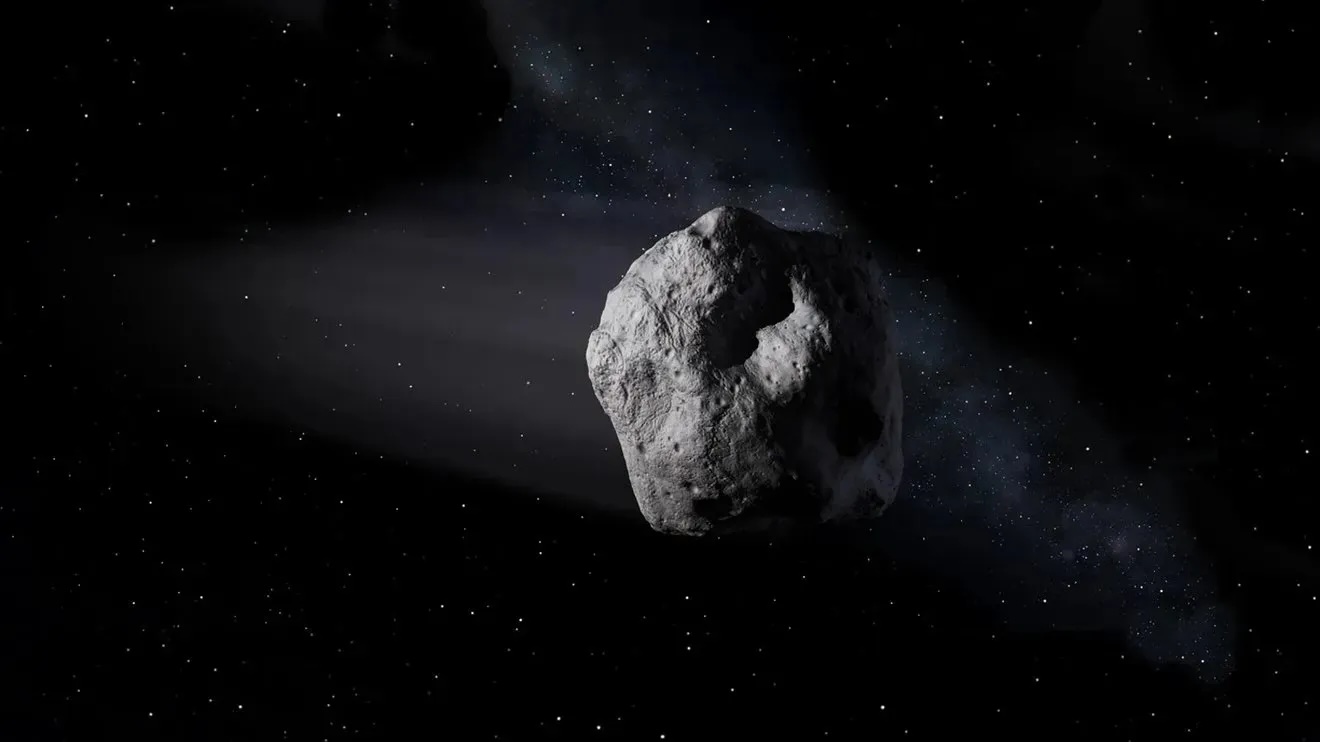When you buy through linkup on our situation , we may clear an affiliate delegation . Here ’s how it works .
Astronomers have long been puzzled by supermassiveblack holesthat seem to have fully form in the earliest epochs of the existence . Now , a Modern paper hint that these monster black holes may have emerged at the dawn of theBig Bangas tiny , primal " seed . "
Almost all galaxies host supermassive calamitous holes in their cores . They range in size from about 100,000 clip the mass of the sun to billions of solar masses . Most surprisingly , observations with theJames Webb Space Telescope(JWST ) have reveal that these giants existed at the very edge of the cosmic dawn , just a few hundred million years after the Big Bang , right after the first whiz and galaxy started forming .

An illustration of two black holes about to merge into one.
The challenge with supermassive fateful holes appearing so early is that we experience of only one style to form calamitous pickle : through the deaths of massive principal . Stars call for to form , live , die and provide behind black-market hole . Then they ask to unify and accrete young material to attain atrocious balance , — all within an incredibly little amount of time .
This unusual situation has spur researchers to come up with cagey ways to quick build giant black yap . Ina newspaper submittedto the Journal of Cosmology and Astroparticle Physics , researchers advise a radical solution : These elephantine black-market holes may have been hold in the unbelievably early universe .
relate : James Webb telescope confirms there is something earnestly wrong with our apprehension of the cosmos

In the 1970 ’s , Stephen Hawking proposed that the macrocosm may have by nature produced copious number of bantam bleak cakehole in the first few moment of the Big Bang . These black holes wouldn"t add up from the flop of stars ; rather , they would be born directly from matter and energy compressed to eminent densities in the disorderly wavering of those early epochs .
Hawking suggested that these black holes , which could be as small as asteroids , would slowly dissolve through so - calledHawking radiationand be visible in the present - day universe . decennary of survey have not found any evidence for these primordial black holes , so we know that if they exist , they must make up a tiny fraction of all the matter in the universe .
But that would be more than enough : The investigator ascertain that even a small-scale fraction of primordial bootleg holes could develop over the course of study of 100 million years . If those shameful hollow found themselves in the densest collection of topic , they could have accreted enough material to give supermassive status in the epoch in which JWST observed them .

— NASA ’s Chandra X - beam scope sees ' greyback ' blasting from nearby shameful hole jets
— Extremely rare ' go wrong supernova ' may have efface a star topology from the night sky without a trace
— ' Webb has shew us they are clearly incorrect ' : How astrophysicist Sophie Koudmani ’s research on supermassive black holes is rewriting the history of our creation

In this scenario , giant black holes — quite maybe even the one inthe center of the Milky Way — would n’t grow after the formation of the first genius and galaxies but rather in parallel with them . They would gain most of their mass during the cosmic sinister ages , the sentence before starlight shone throughout the cosmos . When those first stars did conflagrate , they would have shared the cosmea with giant , tower monsters .
At this stage , the musical theme is only a supposition . The researchers aim that this model of black hole growth should be comprise into simulation of the development of the first stars and galaxies to see how realistic the scenario is . Then , they can equate those more realistic black holes to observations and see if this explains the mystery .












